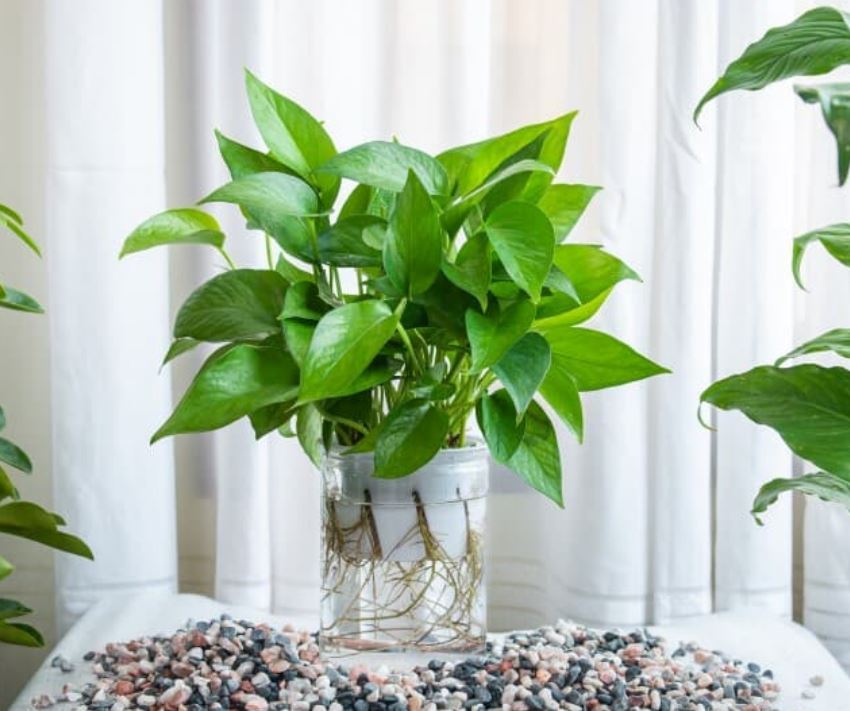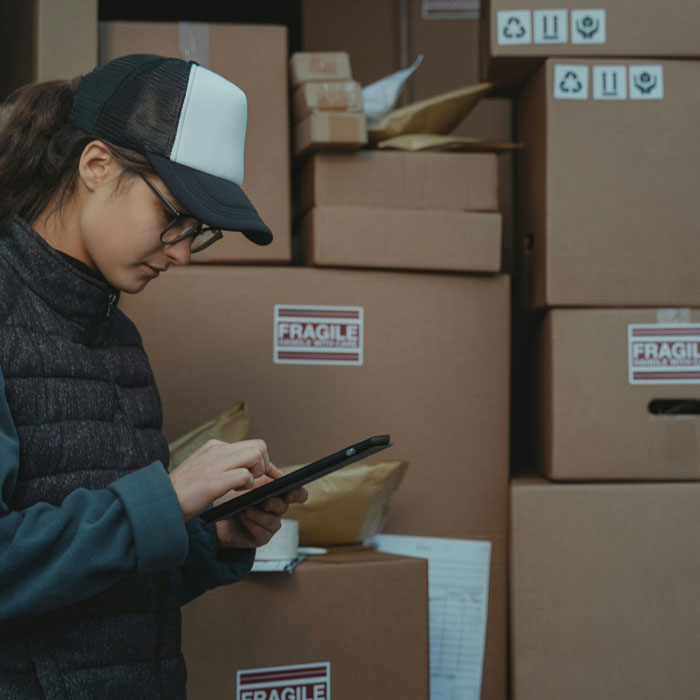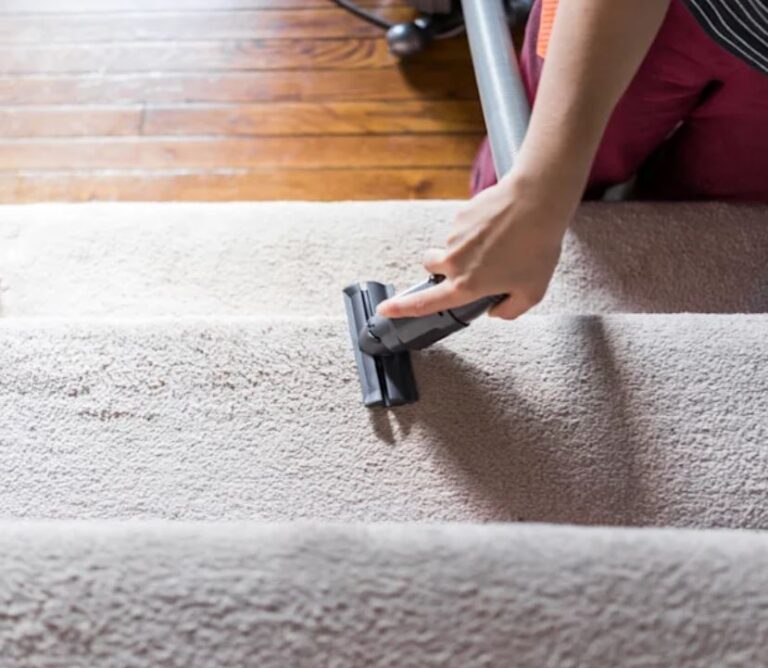Hydroponic Indoor Gardening: Can You Grow Food Indoors Without Soil?
Introduction
Imagine plucking fresh basil leaves for your pasta or harvesting crisp lettuce for your salad—all grown right in your living room, without a speck of soil. Sounds futuristic? Welcome to the world of hydroponic indoor gardening, where plants thrive in water, nutrients, and artificial light instead of traditional soil.
But is it really possible to grow food indoors without soil? And if so, how practical is it for the average person? In this article, we’ll explore the fascinating science behind hydroponics, its benefits, challenges, and how you can start your own soil-free indoor garden—even if you’re a beginner.
[ruby_related heading=”More Read” total=3 layout=1 offset=5]
What is Hydroponic Gardening?
Hydroponics is a method of growing plants without soil, using a nutrient-rich water solution instead. The roots are supported by an inert medium like perlite, clay pellets, or rockwool, which helps anchor the plant while allowing it to absorb essential minerals directly from the water.
This technique isn’t new—the Hanging Gardens of Babylon and the floating gardens of the Aztecs used early forms of hydroponics. Today, thanks to advances in technology, anyone can set up a hydroponic system at home, from compact countertop herb gardens to large-scale vertical farms.
How Does Hydroponics Work?
Plants need three main things to grow:
- Water – Hydroponics delivers water efficiently, using up to 90% less than traditional farming.
- Nutrients – Instead of extracting nutrients from soil, plants get a balanced mix of minerals directly in their water supply.
- Light – Since indoor plants lack sunlight, LED grow lights mimic natural sunlight to fuel photosynthesis.
Types of Hydroponic Systems
There are several hydroponic setups, each with its own advantages:
- Deep Water Culture (DWC) – Plants float on a nutrient solution with their roots submerged, ideal for beginners.
- Nutrient Film Technique (NFT) – A thin film of nutrient-rich water flows over roots, great for leafy greens.
- Ebb and Flow (Flood and Drain) – Periodically floods roots with nutrients, then drains, preventing rot.
- Aeroponics – Roots hang in the air and are misted with nutrients, maximizing oxygen exposure.
- Wick System – A passive system where a wick draws nutrients to the roots, simple but slower.
Benefits of Hydroponic Indoor Gardening
1. Faster Growth & Higher Yields
Without soil, plants don’t waste energy searching for nutrients—they absorb them directly, leading to 30-50% faster growth and bigger harvests.
2. Year-Round Growing
No need to wait for spring! Indoor hydroponics lets you grow fresh produce 365 days a year, regardless of weather.
3. No Soil, No Weeds, Fewer Pests
Say goodbye to backbreaking weeding and soil-borne pests. Hydroponics reduces the risk of fungal diseases and invasive weeds.
4. Water Efficiency
Hydroponics uses up to 90% less water than traditional gardening because water is recirculated rather than lost in the ground.
5. Space-Saving & Versatile
Perfect for urban dwellers! Hydroponic systems can fit in small apartments, balconies, or even vertical setups for maximum space use.
Challenges of Hydroponic Gardening
While hydroponics is revolutionary, it’s not without hurdles:
1. Initial Setup Cost
High-quality LED lights, pumps, and nutrient solutions can be expensive upfront, though costs are dropping as technology advances.
2. Requires Monitoring
pH levels, nutrient concentrations, and lighting schedules must be checked regularly to prevent plant stress.
3. Power Dependency
If your electricity goes out, so does your garden (unless you have a backup).
4. Learning Curve
Beginners might face a few failures before mastering the balance of nutrients and light.
What Can You Grow Hydroponically?
Almost any plant can be grown hydroponically, but some thrive better than others:
- Leafy Greens (Lettuce, Spinach, Kale) – Fast-growing and low-maintenance.
- Herbs (Basil, Mint, Cilantro) – Perfect for kitchen gardens.
- Fruiting Plants (Tomatoes, Strawberries, Peppers) – Need more light but yield well.
- Root Vegetables (Radishes, Carrots) – Possible but trickier due to space needs.
How to Start Your Own Hydroponic Indoor Garden
Step 1: Choose Your System
For beginners, Deep Water Culture (DWC) or Kratky Method (a passive hydroponic system) are great starting points.
Step 2: Pick Your Plants
Start with easy crops like lettuce, basil, or spinach before moving to more demanding plants like tomatoes.
Step 3: Set Up Lighting
LED grow lights are energy-efficient and provide full-spectrum light. Place them 12-16 inches above plants for optimal growth.
Step 4: Mix Nutrient Solution
Use a hydroponic-specific nutrient mix (available online or at garden stores) and follow dosage instructions.
Step 5: Monitor pH & EC Levels
- pH should be between 5.5-6.5 for most plants.
- Electrical Conductivity (EC) measures nutrient strength—adjust based on plant needs.
Step 6: Maintain Your System
- Check water levels daily.
- Clean pumps and reservoirs to prevent algae.
- Prune plants to encourage growth.
Is Hydroponic Gardening Worth It?
Absolutely! While it requires an initial investment, the benefits—fresher food, year-round harvests, and sustainability—make it a rewarding venture. Plus, as technology improves, hydroponics is becoming more accessible to home growers.
Final Thoughts: The Future of Food?
With rising concerns about food security, water scarcity, and urban living constraints, hydroponic indoor gardening offers a sustainable, space-efficient, and innovative way to grow food. Whether you’re a city dweller with no backyard or a gardening enthusiast looking to experiment, hydroponics opens up a world of possibilities.
So, why not give it a try? Start small, learn as you go, and soon, you could be harvesting your own soil-free, homegrown produce—right from your living room.
Call to Action
Have you tried hydroponic gardening? What challenges did you face? Share your experiences in the comments below! And if you’re new to hydroponics, what’s the first plant you’d like to grow?






